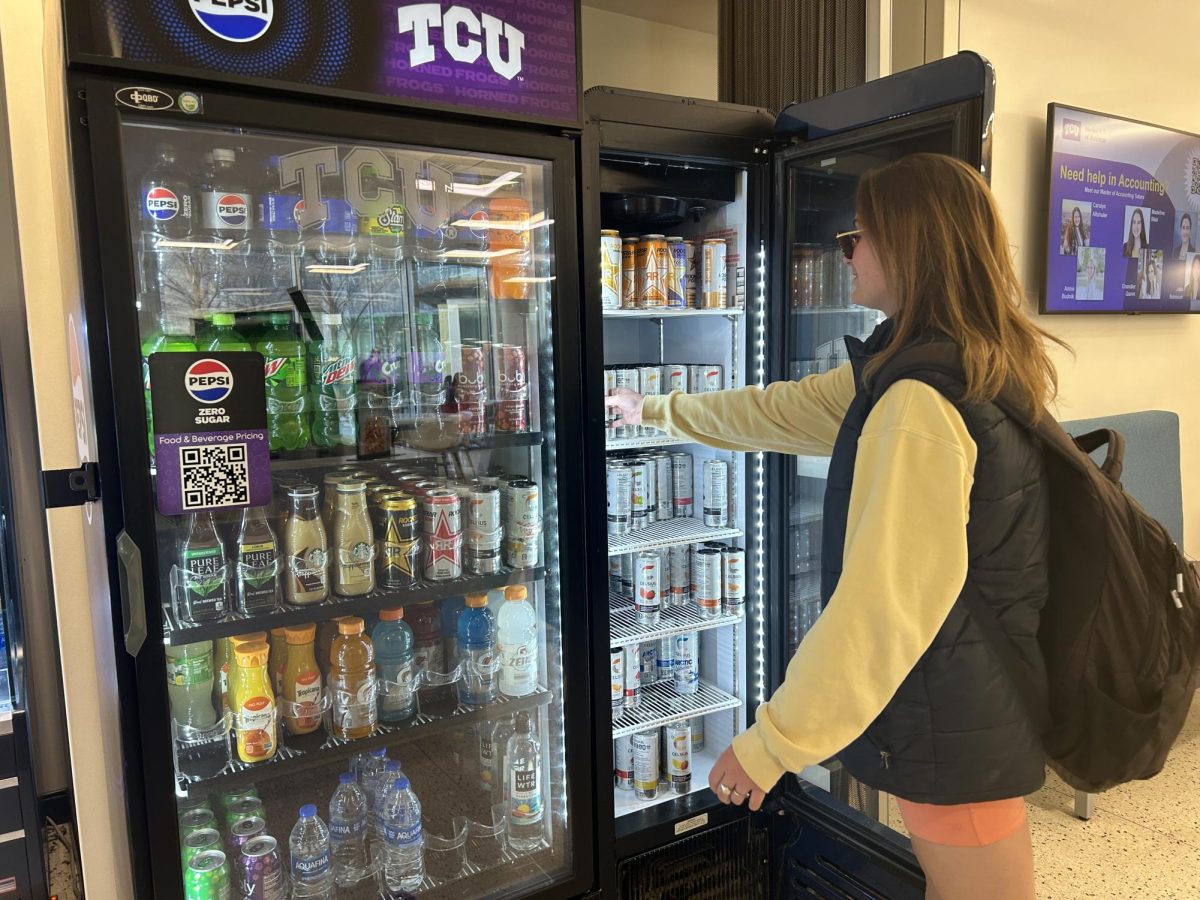For one student from Dillard University, the Hurricane Katrina evacuation was far from perfect, raising questions about how TCU would react in a similar crisis.For Cecile Mitchell, a sophomore biology major, the problem was broken-down buses.
“The buses kept blowing out tires,” Mitchell said. “Then there were sparks, and the back of the bus caught on fire.”
Overall, Dillard University was well-prepared for the evacuation, Mitchell said. Although officials did not give much notice, it only took three hours from the announcement of the evacuation to the time the buses were loaded to leave the campus, Mitchell said.
At TCU, if necessary, the university would send out a notification stating the need for an evacuation, and students, faculty and staff with cars would leave on their own, said Jill Laster, vice chancellor for Human Resources and risk management.
“People without transportation would be handled on a case-to-case basis,” Laster said.
Students without cars would be assisted by TCU, she said.
TCU Director of Safety Randy Cobb said the need for a mass evacuation does not seem likely.
Tornadoes and flooding are more likely to endanger the university, Cobb said. To be prepared, TCU created a crisis plan, he said.
Cobb said the crisis plan, known as the Emergency Management Plan, would be put into action when any incident that disrupts the university’s normal business occurs.
The plan is a 26-page manual explaining procedures to be used if there is a campuswide or regional emergency.
The plan was created in 2000, Cobb said, but it has never been put into effect.
The Cabinet gets pulled together regularly for tabletop drills and without prior knowledge of the meeting, Laster said. They do walk-throughs of scenarios from start to finish, she said.
“We also review the plan every year to 18 months and make any necessary updates,” Laster said.
Cobb said there is only so much planning that can be done for an emergency because the nature of every disaster is different and requires a different response.
The plan would be activated only under the instruction of Chancellor Victor Boschini, Provost Nowell Donovan or any other authorized Cabinet member, Laster said.
According to the plan, after the activation, two groups would meet: the Policy Group and the Emergency Operations Group.
The Policy Group includes the chancellor, provost and vice chancellors. This group determines how the university will respond to the emergency, sets priorities for relocations, decides university closings, and offers short and long-term responses to the emergency, including food and shelter.
The Emergency Operations Group, led by the provost, includes administrators considered vital for recovery operation. It establishes and secures the areas affected by the incident, assists medical and fire personnel, sets up communication lines, provides law enforcement when necessary and arranges for food and shelter.
TCU Dining Services ordered 10 extra pallets of water and extra staple foods like peanut butter and bread in preparation for Hurricane Rita, said Rick Flores, director of TCU Dining Services.
“All we did was increase the orders we normally take in,” Flores said. “Our only issue was finding room to store all the extra food.”
Any information the Policy Group says needs to be passed on to the students, including closings, evacuations and instructions, is delivered via the office of communications, said Tracy Syler-Jones, director of communications.
Students are informed through e-mail or other means including: the TCU Web page (www.tcu.edu), the information line at 817-257-4636 and television broadcasts.
During Hurricane Rita, the TCU community received weather-alert e-mails, including safety precautions to take with the approaching storm, Syler-Jones said.
Residence hall students received an e-mail about the preparedness of the resident assistants and hall directors, dining services and emergency procedures, said Barbara Hawkins, associate director of Residence Services.
If power is out, and communication cannot be made through e-mail or telephone, Laster said, pre-determined runners would get the information to the necessary sources.
Students living in residence halls can be assured the staff members there are well-prepared for any disaster, Hawkins said.
RAs are trained to respond to weather warnings among other situations, Hawkins said.
Stefanie Flusche, an RA in the on-campus apartments, said they have practiced what to do during fire alarms and where to take the residents during severe weather.
“The RAs are given airhorns to use in case a tornado is on the ground and coming our way to alert the residents to get out of their room and come downstairs,” said Flusche, a senior kinesiological studies major. “Then we take them to a safe area and close the fire doors and stay in there until the weather passes.”
TCU also has two sets of sirens for tornado warnings: one near the Bass Building and one near the baseball field, Cobb said.
To view the Emergency Management Plan, go to www.saf.tcu.edu and click on Emergency Procedures.




